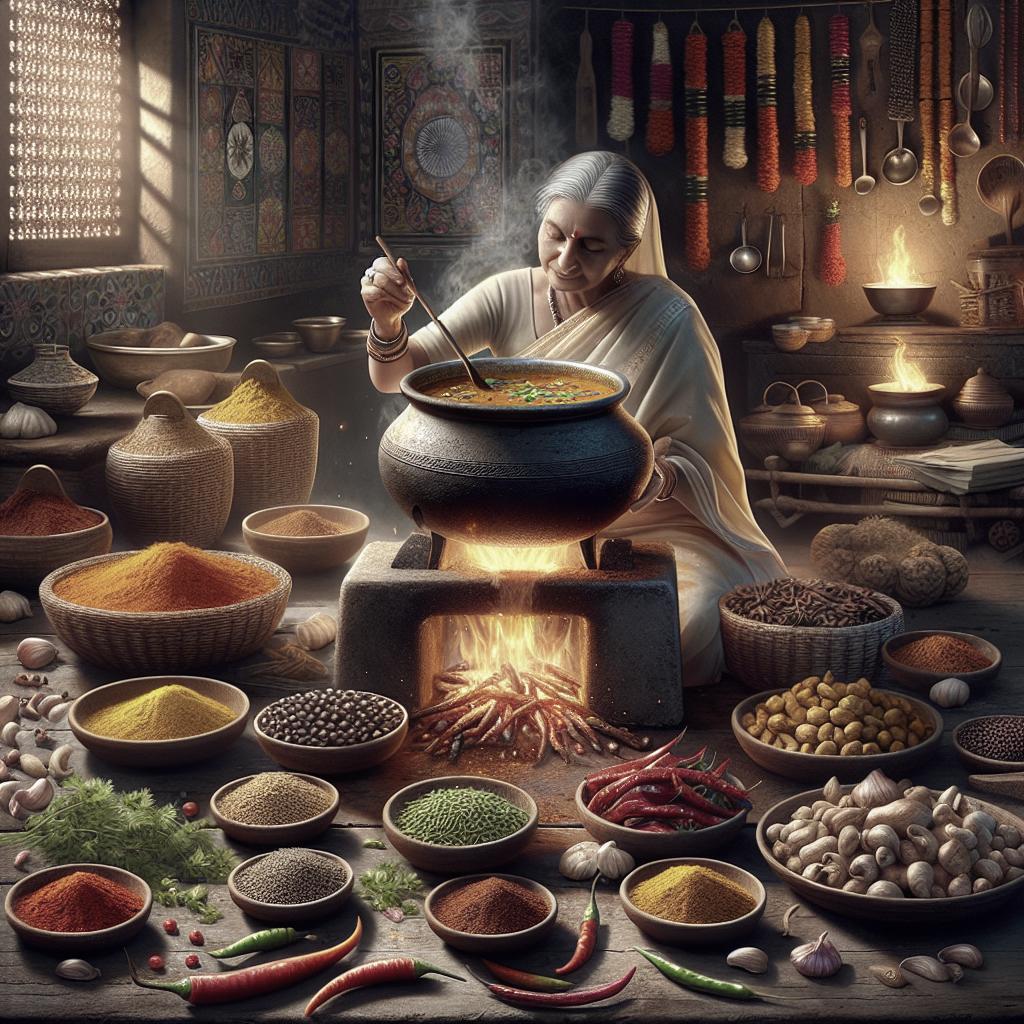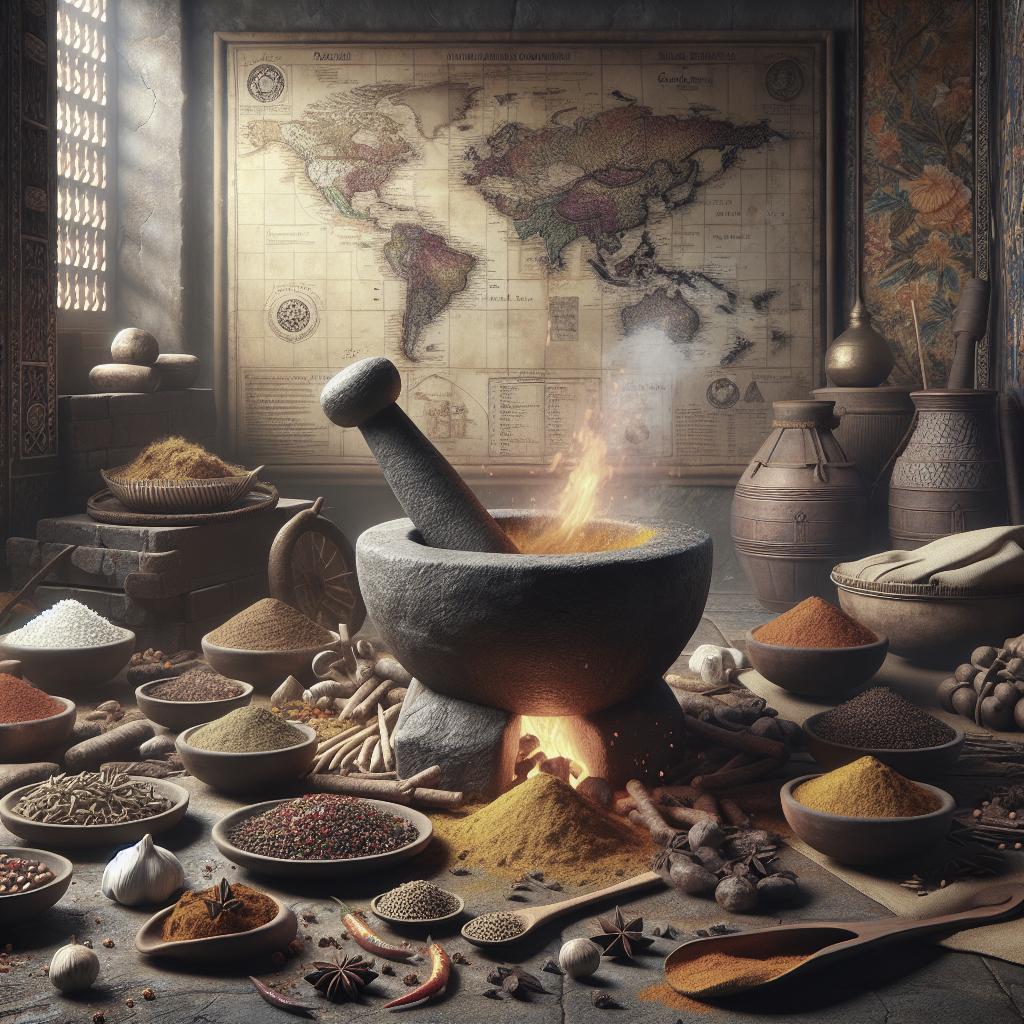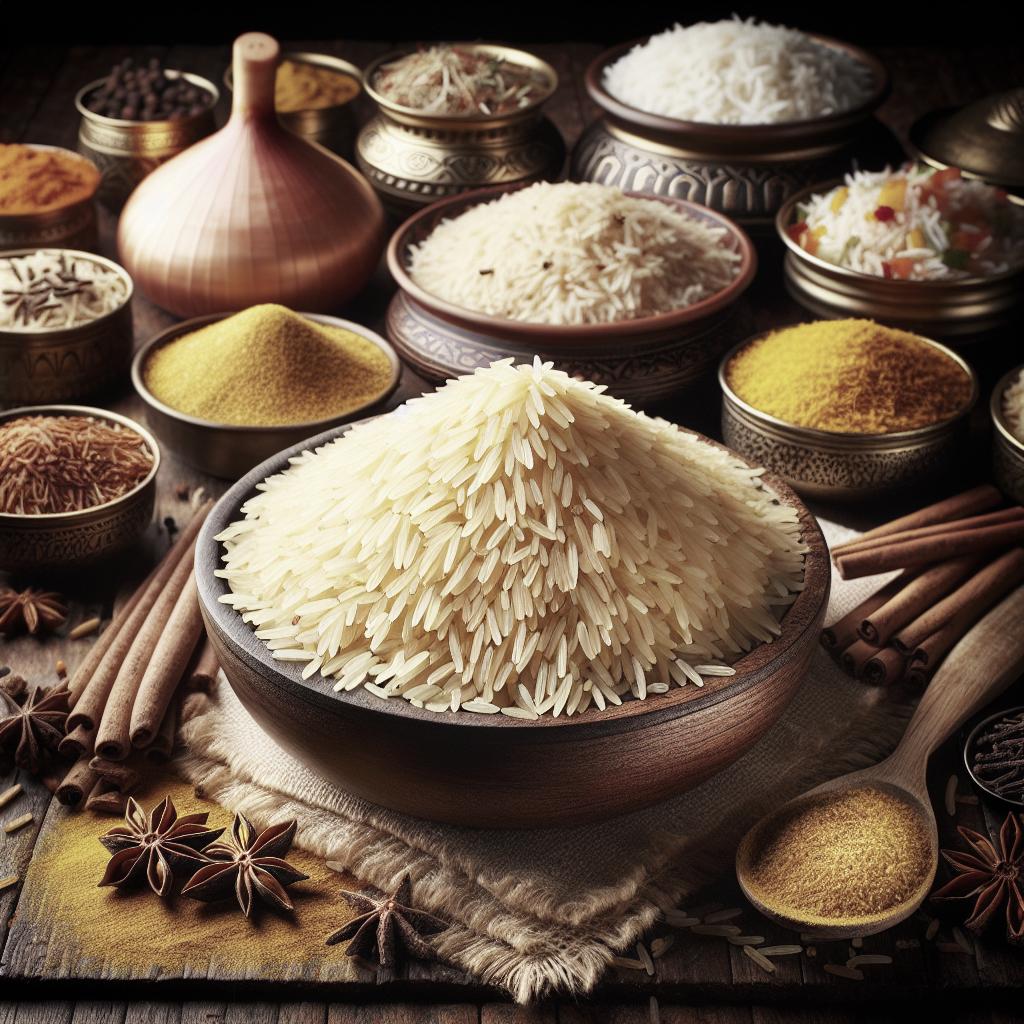“`html
The Cultural Significance of Curry in Indian Cuisine
Curry is not just a dish; it’s an aromatic and flavorful representation of Indian cultural heritage. It holds immense importance in Indian cuisine, offering an array of flavors that varies from region to region. In this blog post, we delve into some iconic curry dishes such as Aloo Matar, Lamb Mafé Curry, and Curried Pumpkin with Buss Up Shut that are cherished not only in India but around the globe. We’ll also explore how chefs from diverse backgrounds put their unique twists on these dishes, showcasing their significance beyond Indian shores. Through these stories and recipes, we see how curry serves as a bridge between cultures and cuisines, embracing variations while staying grounded in its origins.
Aloo Matar (Indian Potato and Green Pea Curry)
Aloo Matar is a quintessential North Indian comfort food. Comprising simple yet hearty ingredients, potatoes, and peas, this curry conveys a sense of home and warmth. Embellished with cumin, coriander, turmeric, and garam masala, the dish stands as a staple in Indian household diets. Its simplicity is its strength, offering a delightful introduction to the complex world of Indian spices.
This dish does more than satisfy hunger; it connects generations. As Indian families gather around their dining tables, Aloo Matar embodies shared heritage, love, and memories. The versatility of the dish allows it to be paired with bread such as roti or rice, making it an inclusive part of daily meals. It speaks to the adaptability of Indian cuisine—capable of evolving while retaining core flavors that define it.
Lamb, Sweet Potato, and Coconut Mafé Curry
Venturing beyond Indian borders, the Lamb, Sweet Potato, and Coconut Mafé Curry exemplifies Indian culinary influence in Africa. Known for its blend of peanuts and coconut milk, this curry reflects a harmonious merger of flavors, inspired by both Indian and African culinary traditions. As a result, it has become a well-loved dish, appreciating the shared elements of hospitality, warmth, and family values found in both cuisines.
Highlighting the rich taste of lamb and the sweetness of sweet potatoes, it becomes a celebration of tastes and textures. With each spoonful, one partakes in a vivid narrative of cultural exchange—a tale of Indian immigrants adapting their recipes to local ingredients, crafting an identity through food that resonates with the diverse landscapes of Africa.
Katsu Curry (Japanese Curry with Tonkatsu Nuggets and Fried Egg)
Katsu Curry is a classic example of Indian curry evolution as it intermingled with Japanese food culture. While different from traditional Indian curries, Katsu Curry speaks volumes about cultural interpretation. It consists of breaded and fried pork cutlets (tonkatsu) drenched in a savory and slightly sweet curry sauce, often accompanied by a fried egg and rice.
The dish exemplifies how chefs and home cooks across the globe redefine curry to fit their palettes while keeping the essence intact. Sonoko Sakai, an authority on Japanese home cooking, brings light to this creativity, emphasizing the synthesis of Japanese culinary techniques with Indian spices—resulting in a comforting plate that traverses geographical boundaries.
Gang Gai Khao Mun (Thai Chicken Curry)
Thai Chicken Curry or Gang Gai Khao Mun is another testament to the shared love of curry that transcends Asia. Traditional Thai curries rely heavily on coconut milk and a distinct mix of spices, setting them apart from their Indian counterparts. Yet, there are parallels in the sumptuous culinary experience provided by both.
Thai chefs like Nok Suntaranon of Kalaya in Philadelphia showcase global cuisines’ interconnectedness by blending Thai approaches with techniques inspired by Indian curries. The dish’s creamy texture and punchy flavors prove that curry serves as a vehicle of cultural appreciation and innovation—a universal language spoken through food.
Curried Pumpkin and Buss Up Shut (Paratha Roti)
Curried Pumpkin paired with Buss Up Shut roti is a notable culinary selection echoing the Indian diaspora’s influence in the Caribbean. With vibrant spices and herbs, the curry rose to popularity as indentured Indian laborers brought their culinary traditions to the region, which later adapted to match local flavor profiles.
Nina Compton’s delightful Caribbean-inspired restaurant, Compère Lapin, located in New Orleans, demonstrates how Curried Pumpkin can bridge continents. With its distinctive use of pumpkin, this iteration emphasizes flexibility and openness—a curry crafting a new identity without shedding its rich cultural origins.
Chintan Pandya, Dhamaka, New York City
A leader in contemporary Indian restaurants, Chintan Pandya blends tradition with modern storytelling at Dhamaka in New York City. His rendition of Indian curries pushes boundaries while emphasizing loyalty to authentic preparations. Pandya’s creative brilliance is to make dishes that are complex yet accessible, honoring India’s culinary lineage while inviting patrons to engage with curry’s evolving narrative.
Nina Compton, Compère Lapin, New Orleans
Nina Compton, an acclaimed chef hailing from the Caribbean, brings global zest and regional flair to each curated dish at Compère Lapin. Her embrace of curry shows how a convergence of cultures can manifest in a truly exciting culinary experience. By featuring curry-inspired dishes, Compton ensures that the enduring relevance and cross-cultural powers of curry continue to thrive.
Nok Suntaranon, Kalaya, Philadelphia
At Kalaya, chef Nok Suntaranon brings Thai curries vibrant with life and authenticity. Her restaurant serves as a hotspot for culinary excellence, celebrating the eternal bond between Asian cuisines. Suntaranon spices up the Philadelphia food scene, sharing her mastery and love for dishes that honor heritage while embracing the transformative nature of curry.
Sonoko Sakai, author of Japanese Home Cooking, Los Angeles
Sonoko Sakai is an influential voice in Japanese culinary arts, with her work intertwining tradition with a modern touch. In her writing and cooking, Sakai explores how curry transcends its origins, adapting to new settings with grace and creativity. Her insights as shared in Japanese Home Cooking inspire aspiring chefs and home cooks to carry forward the dynamic spirit of curry.
Pierre Thiam, Teranga, New York City
Pierre Thiam, renowned for his West African restaurant Teranga, curates a menu that echoes the historical influence of Indian flavors in Africa. His take on Lamb Mafé Curry guides diners through a rich tapestry where each bite relays a lesson in cultural connectivity. Thiam’s commitment to showcasing curry-driven dishes adds depth and perspective to the dialogue between diverse global foodways.
Lessons Learned
| Curry Dish | Description | Chef/Location |
|---|---|---|
| Aloo Matar | Classic North Indian potato and peas dish symbolizing simplicity and comfort. | Chintan Pandya, Dhamaka, New York City |
| Lamb Mafé Curry | Lamb, sweet potato, and coconut-infused curry illustrating cross-cultural influence. | Pierre Thiam, Teranga, New York City |
| Katsu Curry | Japanese adaptation with fried pork cutlets, revealing the curry’s global appeal. | Sonoko Sakai, author of Japanese Home Cooking, Los Angeles |
| Gang Gai Khao Mun | Thai Chicken Curry reflecting regional takes on a classic dish with coconut milk. | Nok Suntaranon, Kalaya, Philadelphia |
| Curried Pumpkin & Buss Up Shut | A Caribbean take on curry with Caribbean influences showcased in pumpkin and roti. | Nina Compton, Compère Lapin, New Orleans |
“`


